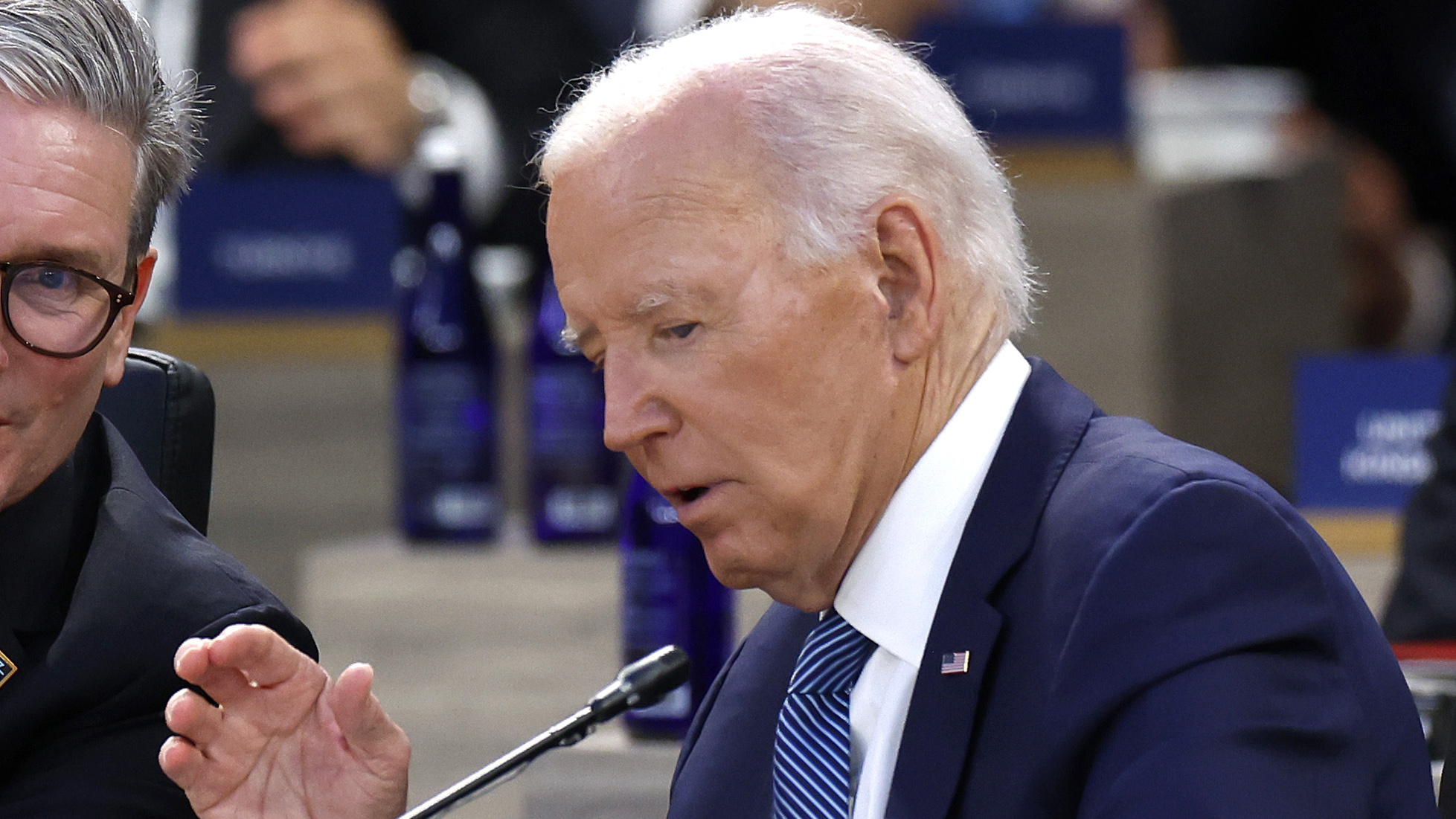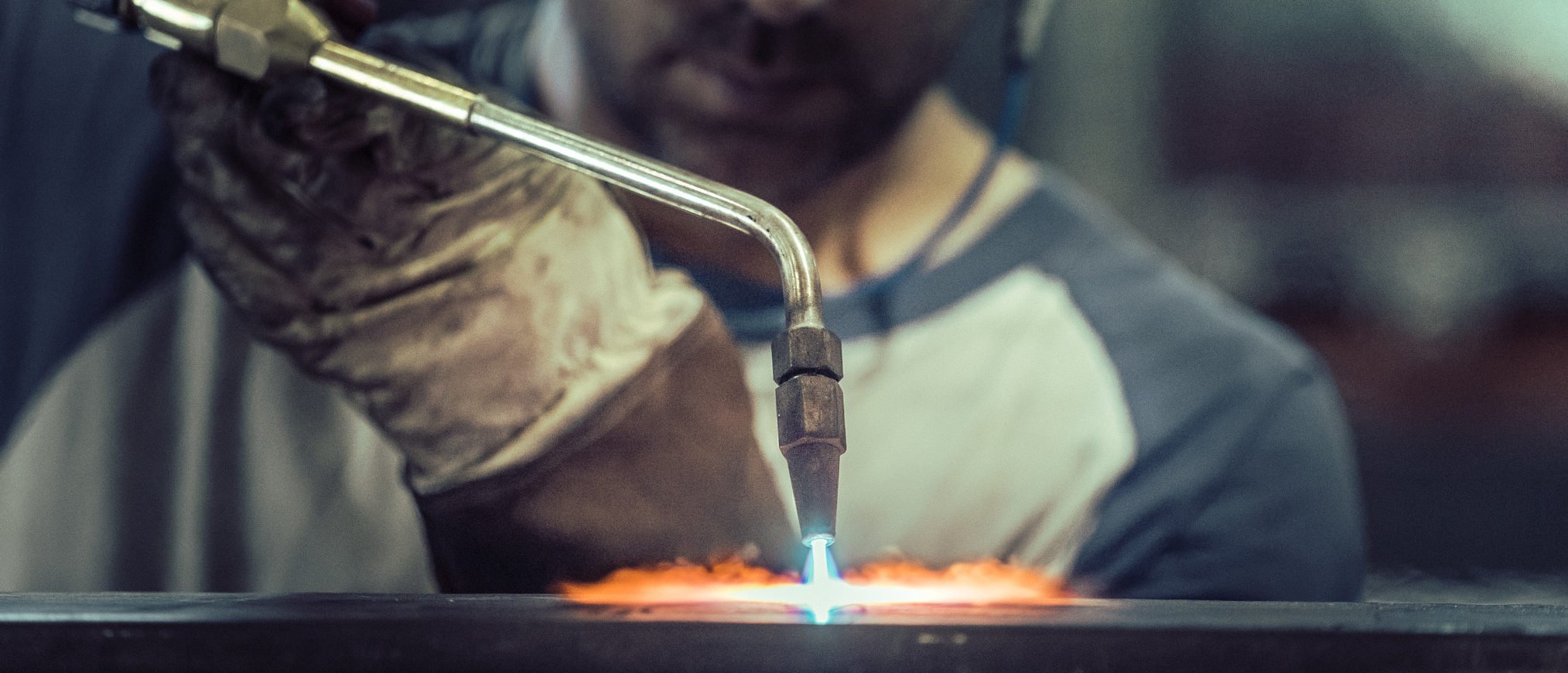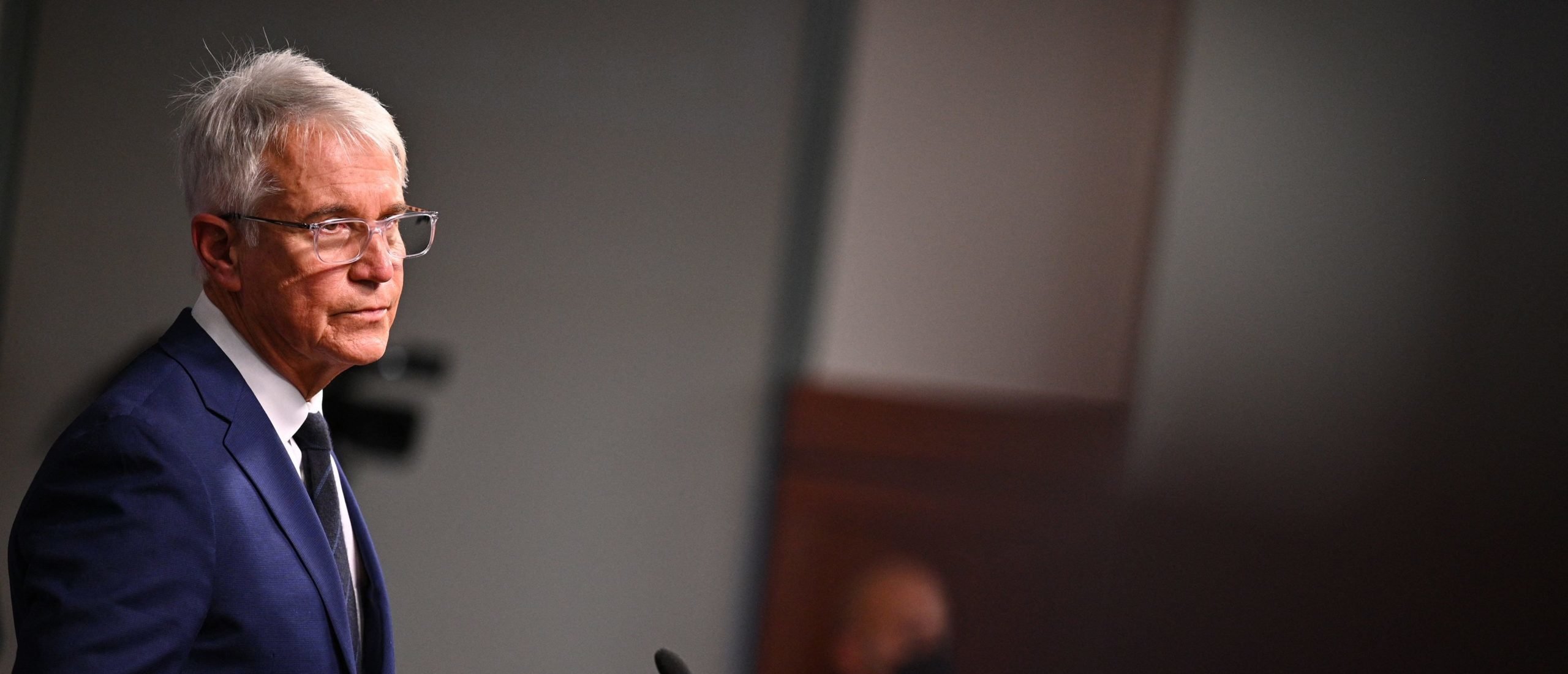
www.dailysignal.com
How Noncitizens Get to Vote in US Elections and How to Stop It: The BorderLine
Most countries allow only their own citizens to vote in national elections and require voters to prove their eligibility to vote through photo identification when they register and before they cast their vote. Here in the U.S., verifying eligibility and registering voters is left to the states. You would hope that the federal government would want to assist the states, especially when it comes preventing foreign interference, and that election integrity would be a bipartisan issue.
You’d think that a bill requiring U.S. states to obtain proof of citizenship before registering voters would have wide support. Such a proposal, the Safeguard American Voter Eligibility, or SAVE, Act (H.R. 8281), passed the House of Representatives Wednesday—but with only five Democrat votes. And the Biden administration “strongly opposes” it.
Why?
The White House statement is correct that “it is already illegal for noncitizens to vote in federal elections” and that “making a false claim of citizenship or unlawfully voting in an election is punishable by removal from the United States and a permanent bar to admission.”
But that’s where truth ends and spin begins.
First, no state requires proof of citizenship to register to vote in federal elections, and they vary on what documents are required to vote in person.
Second, all 50 states allow noncitizens who are in the U.S. legally to get a driver’s license, and in 19 states, illegal aliens can get one, too. The problem is, in many states, those who apply for welfare benefits or driver’s licenses are automatically given voter registration forms. That’s a risky combination that invites millions of noncitizens to register to vote, leaving it up to their honesty to opt out. We know that some do register, despite it being illegal.
In Arizona, one county told voters that even if their proof of citizenship could not be confirmed to register them for state elections, they would still be sent a ballot for federal elections! It’s hard to see how the U.S. Justice Department or local prosecutors would even find out, let alone prosecute them, if noncitizens voted.
In California, the DMV automatically registers every customer unless they specifically opt out. You can also register to vote using a gym membership, credit card, or utility bill—all of which are obtainable by noncitizens. According to California officials, a person with such a low-quality ID would have to show real government-issued ID when they first voted. But with crowded polls, activist local officials, and paranoia about discrimination, can we be sure they are actually doing that?
Even if a noncitizen is caught red-handed illegally voting, it is hard to imagine “progressive” district attorneys like Alvin Bragg in New York or George Gascon in Los Angeles prosecuting them when they regularly let repeat violent offenders go free.
It’s even harder to imagine that recently impeached Homeland Security Secretary Alejandro Mayorkas, described as “derelict in his duty” by the chairman of the House Homeland Security Committee, would bother to arrest or deport illegal aliens for voting when his president and his political party oppose all efforts to verify the citizenship of registered voters and have facilitated mass illegal immigration.
The White House claims that the SAVE Act was proposed “based on easily disproven falsehoods” about voter fraud. In fact, there are over 1,513 documented cases of election fraud in a database collated by The Heritage Foundation—and as the database website states, those cases are only a sampling of the actual fraud that occurs.
The White House also claims, “States already have effective safeguards in place to verify voters’ eligibility and maintain the accuracy of voter rolls.” That is not true when it comes to citizenship. And in any event, some states do better than others, as another Heritage tool, the Election Integrity Scorecard, shows.
Constant vigilance is required. Virginia removed 1,500 noncitizen voters from its rolls last year, of whom 20% had voted illegally. In Nevada, a citizen-led project aims to clean the voter rolls of voters who moved out of state or died. In North Carolina, The Heritage Foundation’s Oversight project recently interviewed people in a housing project who identified as noncitizens, of whom 10% said they had registered to vote. North Carolina is now considering amending its constitution to make it explicit that only citizens can vote, as are six other states. Seven states already have this clear condition.
Lastly, the White House says that the SAVE Act “would make it much harder for all eligible Americans to register to vote …” That’s fiction, and the same false claim made about requiring voter ID. Numerous studies, including by both the National Bureau of Economic Research and the National Academy of Sciences, show that voter ID laws do not disproportionately burden any group of Americans. The SAVE Act simply requires people to furnish proof of citizenship before they can vote. If purported citizens don’t possess a single relevant identity document—which must be very rare—SAVE tells states to establish a process for determining their status.
The last three presidential elections were close, as were numerous local and state elections. Claims of fraud have been made by members of both political parties. Measures to ensure election integrity should be supported by all who want not only the reality, but the appearance, of free and fair elections.
In May, Speaker of the House of Representatives Mike Johnson said that with the millions of illegal aliens released and paroled into the country under Joe Biden, “We now have so many noncitizens in the country that if only one out of 100 of those voted, they would cast hundreds of thousands of votes.” That’s greater than the margin of victory for many contests.
With the largest legal and illegal immigration levels in the world, the United States has a constantly fluctuating electorate. With the Biden administration now (arguably unlawfully) using federal resources for voter registration drives in areas with high populations of both legal and illegal immigrants while also encouraging mass illegal entry at the border, verification of potential voters to protect the value of U.S. citizenship has never been more needed.
Activists on the Left attack efforts to confirm the identity of voters, ensure votes are counted properly, and screen out inadvertent or fraudulent attempts to vote. They claim any effort to shore up election integrity is not only pointless but motivated by racism and xenophobia. They litigate state by state to stop voter ID laws and other reasonable reforms that polls show most Americans agree with. It’s hard to see a motive for this fierce resistance other than political concerns. But it is reckless to sacrifice electoral integrity for short-term political gain.
The electoral system that underpins our democracy should always come before party affiliation. Voters can’t just be told by partisans that the system is free and fair, they must see it for themselves. Commonsense election integrity measures like the SAVE Act would reduce many of the now-credible grounds that lead politicians and the public to believe that elections are unfair, rigged, or influenced by fraud.
Rather than fight tooth and nail against integrity efforts, liberals should join with conservatives to pass bipartisan national and state laws to make our elections a model for the world.
The BorderLine is a weekly Daily Signal feature examining everything from the unprecedented illegal immigration crisis at the border to immigration’s impact on cities and states throughout the land. We will also shed light on other critical border-related issues like human trafficking, drug smuggling, terrorism, and more.
Read Other BorderLine Columns:
Yes, America Is Exceptional. Happy 4th of July!
Supreme Court Confirms No ‘Right’ for Foreigners to Enter US
Biden’s 5 Favorite Fudges on Immigration Law
Illegal Immigration Crisis Drives European Voters to Conservatives
Let’s Talk Some More About America’s Supposed ‘Rule of Law’
The post How Noncitizens Get to Vote in US Elections and How to Stop It: The BorderLine appeared first on The Daily Signal.

















